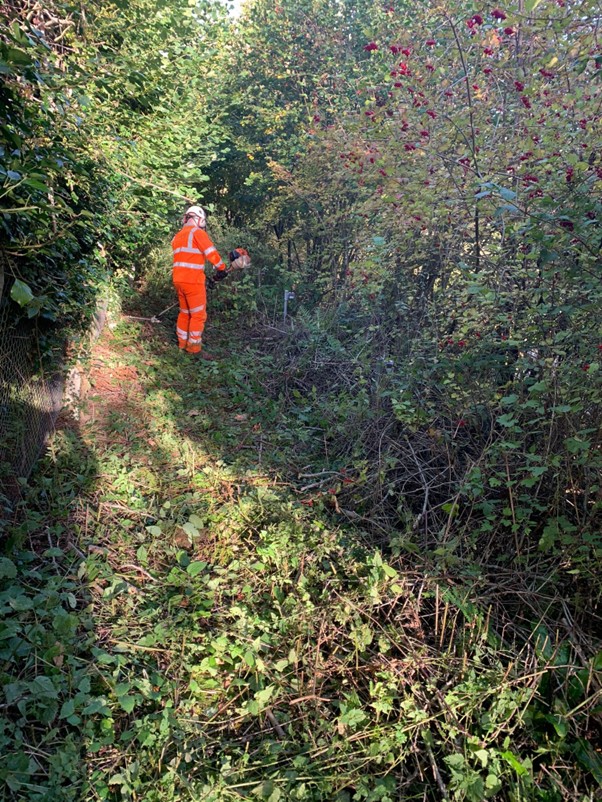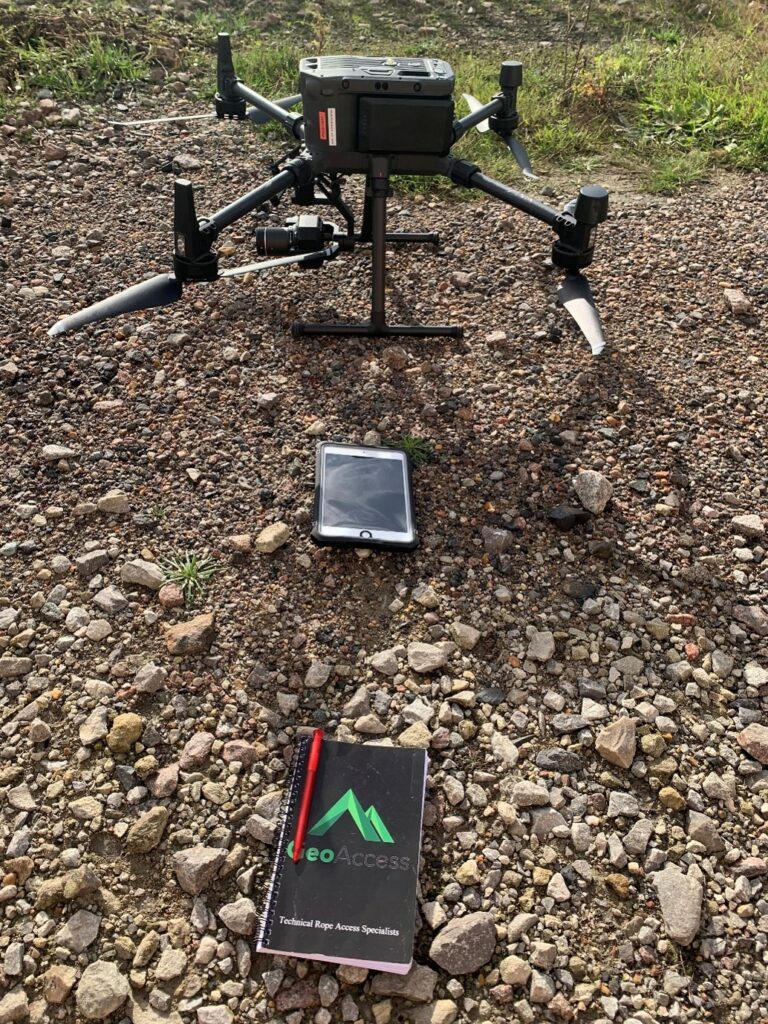Laura Boote, Senior Project Manager, GeoAccess
GeoAccess is a bespoke asset management company on the Earthwork Examination Framework for Western, Wales, Wessex, Kent & Sussex routes for Network Rail. The 100th edition of Rail Engineer was published in February 2013, 10 years on it is interesting to look at how earthworks management has changed since then, also looking at the new challenges that we face.
GeoAccess currently examines over 17,000 earthwork assets each season using a team of highly skilled earthwork engineers. Earthwork examinations are undertaken in sections of five-chains (110 yards). Depending on the condition of the earthwork, the slope face will be traversed every two chains in the five-chain section. This is required as it is also necessary to inspect the crest of cuttings or the toe of embankments to produce a compliant examination.

In order to examine the earthwork, we first produce a programme. There is now a great source of previous exam data available, captured over the last 10 years, which allows us to effectively produce this programme. Following initial assessment for early non-compliance, we use the data to complete a comprehensive desk study of the workbank provided to it by Network Rail. By utilising the multiple years of available data in the JBA Database it is then able to build a pro-active list of sites requiring roped access, vegetation clearance (Standard, Enhanced, Bespoke), and line blocks/possessions, which will then be put forward to be discussed and agreed with the Network Rail route representatives. If required, reconnaissance and pre-site visits will also be planned ahead of the inspection.
The use of technology has also advanced over the years and earthworks inspections are now being undertaken using the latest handheld technology, currently an iPad. All data including the categorisation and condition of the earthworks asset is recorded onsite and is available to view on the database the next day. This allows any defects to be reviewed quickly and dealt with. The earthwork engineers have all the previous asset information to hand on the device so any change in the condition of the asset can be picked up.
We have also used technology to reduce the amount of paper we use as a company. We give the engineers access to an app where we can upload paperwork they may need to reference on site, such as work package plans. They can also complete forms using the app to record urgent defects and close calls which can then be emailed directly to the client. This has saved us using over 40,000 sheets of paper in the last 12 months. We have also undertaken drone surveys for difficult-to-reach sites and used the AiVR software to remotely view sites before we visit them.
Over the last 10 years there has been an increase in the number of sites needing vegetation removal before the asset can be examined effectively. The earthworks season has traditionally been October to March as it is felt that the vegetation dies back over the winter so an effective examination can take place. This has not been the case in recent seasons. There have not been the heavy frosts needed to kill off the vegetation sufficiently and, in some cases, it is starting to grow again from February onwards. With 2022 being one of the hottest year’s on record this trend is likely to continue going forwards (Met Office, 2023).

As a result of the increase in vegetation, and the need to remove it, there is also now more of a focus on ecology issues. We desk study our workbank and check for any sites that may have ecology constraints. We also provide basic ecology training to our earthwork engineers, so they know what to look out for when inspecting the assets. If a site has ecological issues, for example dormice present or rare plants, we consult with our ecologist and then produce a bespoke plan for that asset and apply for the appropriate licences.
Another way we help to manage the assets is by providing a 24/7 365 days a year on-call service to respond to earthwork issues raised by Network Rail Control. Following an earthwork incident or issue on site, Network Rail will initiate a callout via the GeoAccess on-call duty manager, who will establish with Network Rail Control the safest most appropriate timeframe / method of access and inspection. Over recent weeks we have seen an increase in the number of call outs, particularly in the Southern region due to the heavy rainfall. Across all routes we have already attended 59 call outs since October compared to 23 in the same period last year.
In an already challenging environment, walking and working around the infrastructure is becoming increasingly difficult due to safe track access, and so we came up with the alternative access approach. This entails access to the off-track assets via differing means compared to the traditional methods of track walking. Now we look at access through third-party land, removing boundary fences and using technology.
There are all sorts of different ways to get to where we need to and, using these techniques, we do not need to go anywhere near the track to get there. This means that the work gets done without the need for line blocks and possessions, making it much easier to plan a programme of works, much cheaper, more efficient, and keeps workers safer. It is win-win for everyone.
Although the overall earthwork asset inspection process has not changed much in the last 10 years, the ways in which the data is captured and categorised has. Many more external factors impact earthworks asset management. We look forward to continually developing new ideas and using the latest technologies to improve the asset management of earthworks in the future.
Image credit: GeoAccess

